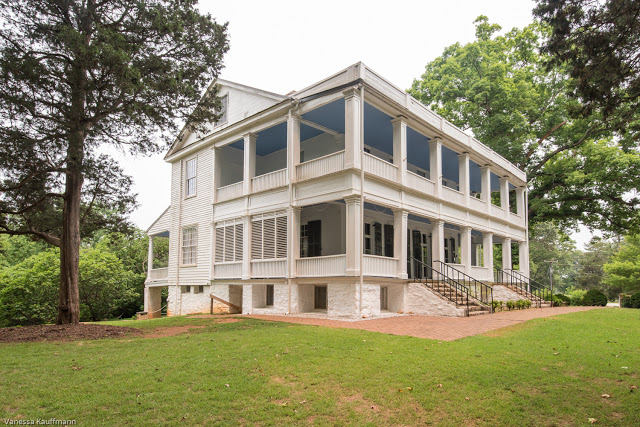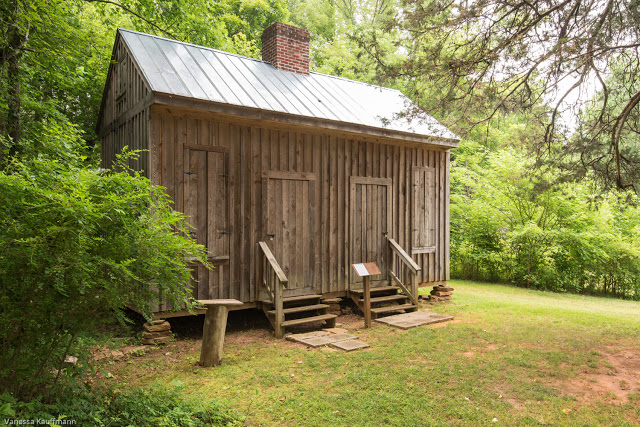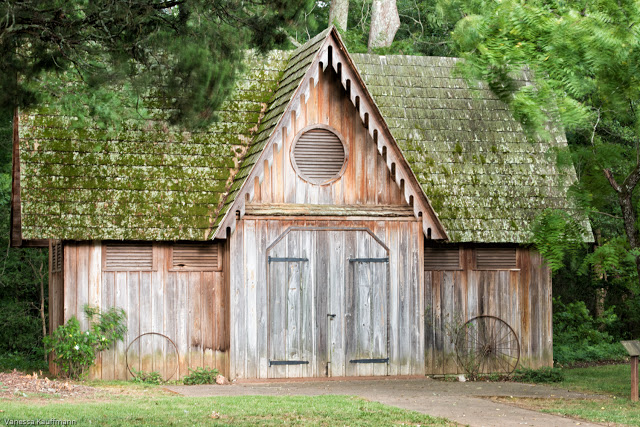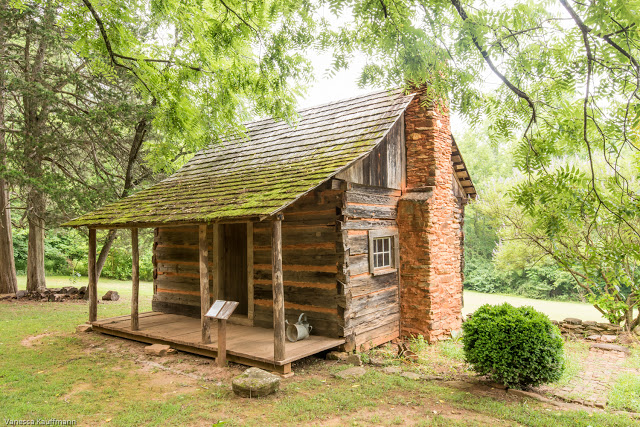This was another plantation on my table of properties with extant slave dwellings that needed to be photographed for the Slave Dwelling Project (http://slavedwellingproject.org/). As I was in the upstate South Carolina area, it was a perfect opportunity to cross this one off my list. This property is owned by the Pendleton Historic Foundation, and they are doing a fabulous job of maintaining and restoring these historic grounds. Here are some photographs of a restored log cabin, carriage house, slave cabin, and the main house.
 |
| main house |
 |
| restored slave dwelling |
 |
| carriage house |
 |
| log cabin |
This is taken from the Pendleton Historic Foundation’s website:
“The Pendleton Historic Foundation today announced that it has been recognized by the Palmetto Trust for Historic Preservation, the SC Department of Archives ad History, and the Office of the Governor for their exceptional efforts in preservation and interpretation of cultural heritage in South Carolina. The 2015 Stewardship award was presented by the Lt. Governor Henry McMaster to Timothy Drake and Jacqueline Reynolds, Pendleton Historic Foundation board members. The award citation recognizes the Foundation’s reconstruction of an original slave cabin at the Woodburn Plantation to share the story of the African-American slaves and tenant farmers who helped maintain the farm during the 1800’s and 1900’s.”
“The Pendleton Historic Foundation today announced that it has been recognized by the Palmetto Trust for Historic Preservation, the SC Department of Archives ad History, and the Office of the Governor for their exceptional efforts in preservation and interpretation of cultural heritage in South Carolina. The 2015 Stewardship award was presented by the Lt. Governor Henry McMaster to Timothy Drake and Jacqueline Reynolds, Pendleton Historic Foundation board members. The award citation recognizes the Foundation’s reconstruction of an original slave cabin at the Woodburn Plantation to share the story of the African-American slaves and tenant farmers who helped maintain the farm during the 1800’s and 1900’s.”
